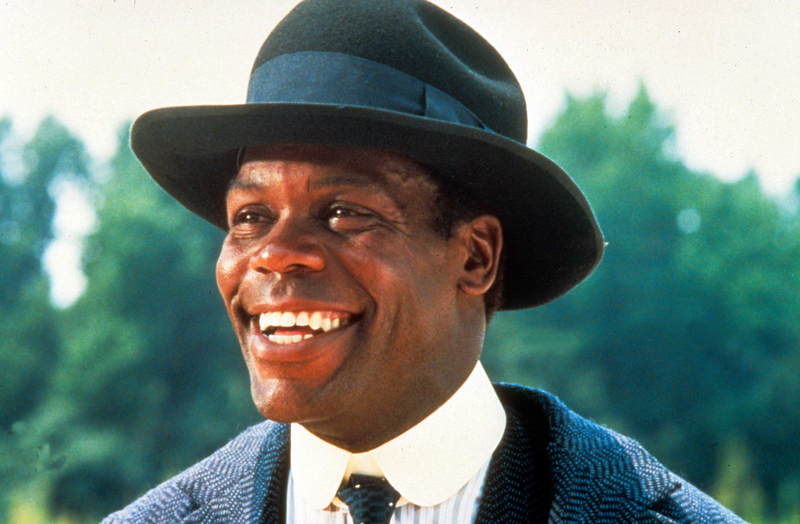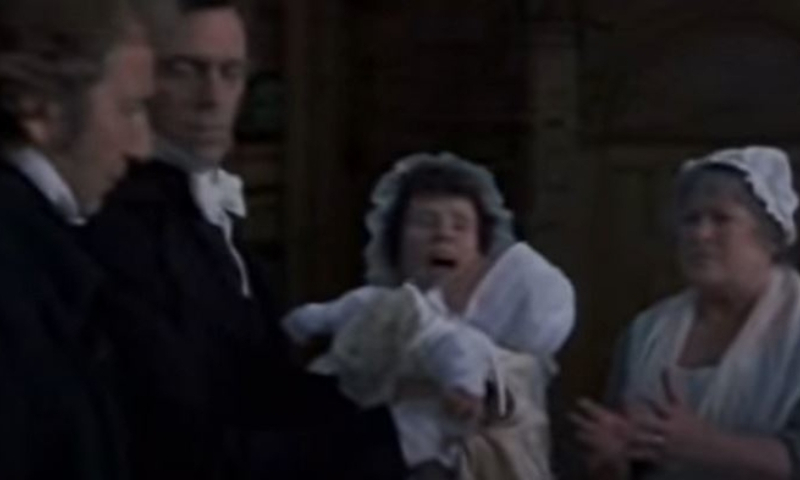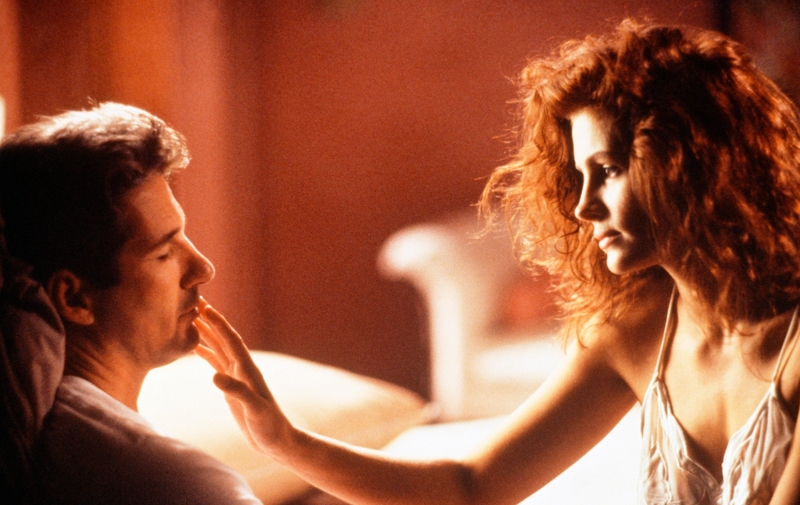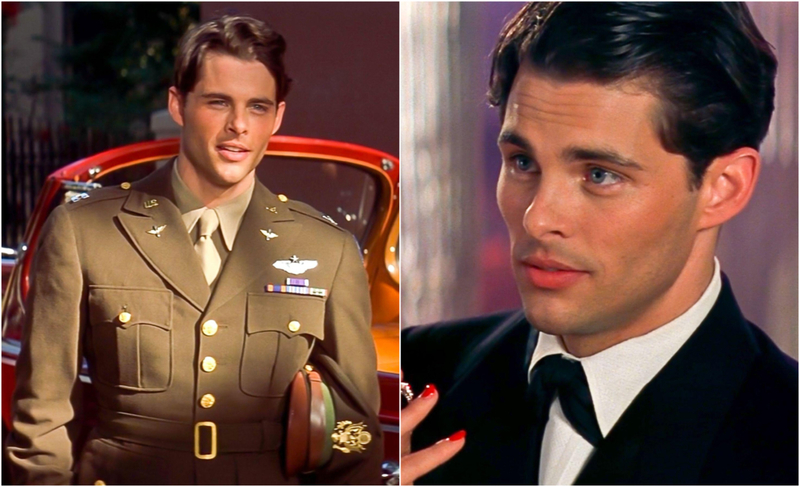This is another successful film adapted from a great novel. Alice Walker published “The Color Purple” in 1982. The movie adaptation was released a few years after that. Due to the small window of years in between the novel and film, there wasn’t so much room for messing up the tone of Walker’s novel, and viewers were sure to notice. While the film turned out to be a great success, there is still one thing that viewers may have picked up on.

Albert, who’s played by Danny Glover, sports a clip-on tie. Sure, it’s a nice tie. But, this wouldn’t have existed a decade earlier. The clip-on tie didn’t come into existence until the late 1920s. “The Color Purple,” on the other hand, took place in 1916.
Sense and Sensibility: Modern Diapers In The 19th Century?
Jane Austen’s novel, "Sense and Sensibility," came to life on the big screen in 1995. The drama film, which was directed by Ang Lee, starred Kate Winslet, Elinor Dashwood, and Hugh Grant. The film was a masterpiece, to say the least, and was nominated for seven Academy Awards. Despite its success, nitpicky fans aren’t able to ignore one historical inaccuracy in the film.

The inaccuracy we are referring to involved an adorable baby who is all bundled up. Nothing seems wrong until you notice something very out of place; the baby is doting a modern-day diaper! This sort of luxury clearly would not have existed in those times and doesn’t fit with the 19th-century setting that the film does a good job at creating.
Vanilla Sky: The Accidental Slip
This 2001 psychological sci-fi thriller is jam-packed with action. It has the viewer glued to the screen, waiting to see what will go down next. In one particular scene, David (played by Tom Cruise) has Julie (played by Cameron Diaz) captured and securely tied down to the bed. She isn’t wearing much other than a sheer gown.

As Cameron moves around, the top of her gown falls, revealing her breast. She takes notice of this and quickly shrugs her shoulders so that the gown falls back into place. Regardless of this slip-up, the scene got past multiple sets of eyes and into the theater straight to audiences around the globe. Considering that Cameron Diaz was nominated for both a Screen Actors Guild and Golden Globe Award for her performance, we guess the wardrobe malfunction must have done her well.
Pretty Woman: You Can See Her Entire Breast!
Julia Roberts had a pretty horrific wardrobe malfunction that left her body entirely exposed. This is ironic considering that Julia Roberts stood firmly against nude scenes during her career. Nudity is not her thing; she told E! News. But, in the 1990 romantic comedy directed by Garry Marshall, her values were put to a test.

During one scene, Vivian (played by Roberts) wears a thin gown, revealing much of what’s lies under the sheer material. One can safely assume that this wasn’t a part of the script, considering Roberts’ stance against nude scenes. After Roberts is seen in her gown, viewers can actually see one of her breasts quite visibly.
The Notebook: James Marsden's Hair Is Constantly Changing Color
Regarded as one of the best romantic comedies by many women out there, 2004’s "The Notebook" huddled together many girls for movie night and many couples (not by the men’s choice.) But, this favorite romantic comedy still has its faults, despite its success at the box office and cult following.

Many loved the film thanks to the passionate love that Noah and Allie have for one another. And yet, others are drawn to the film because of the wealthy Lon Hammond, Jr. He looks great; there’s no denouncing that. But, his hair seems to have a special power that leaves even the most sparkling of vampires in despair. From shot to shot, his hair seems to make the impossible possible and changes colors from black to brown. If you are able to look past that and enjoy the movie for what it is, then you might thoroughly enjoy yourself.